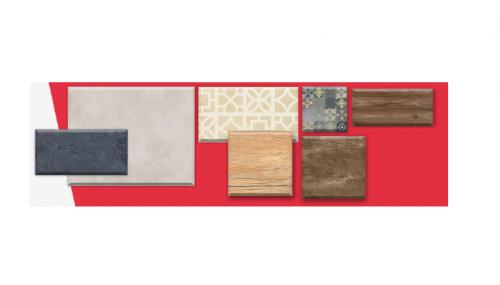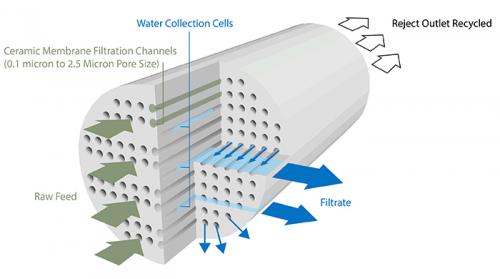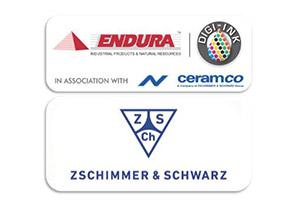How Frits Enhance Sustainability in Ceramic Manufacturing?

Sustainability has become a cornerstone of modern
manufacturing practices, and the ceramics industry is no exception. As the
demand for eco-friendly products rises, manufacturers are increasingly turning
to innovative materials and processes that reduce environmental impact. One
such innovation is the use of frits—vitreous compounds that play a pivotal role
in ceramic manufacturing.
What Are Frits?
Frits are produced by melting high-purity raw materials at
high temperatures and then rapidly cooling the molten material in water to
create a friable mass. This process, known as "quenching," transforms
the raw materials into a stable, glassy state, making frits easier to handle
and incorporate into ceramic formulations. Frits are
commonly used in glazes, enamels, and various ceramic products, acting as a
binder and providing a smooth, glossy finish.
Reducing Toxicity and Enhancing Safety
One of the most significant sustainability advantages of
using frits is their ability to reduce toxicity in ceramic products.
Traditional ceramic glazes often contain harmful materials, such as lead and
cadmium, which can pose health risks during manufacturing and use. By replacing
these hazardous components with frits, manufacturers can produce safer ceramics
that comply with health and safety regulations.
Frits, when combined with silica and other oxides, render
soluble and toxic components insoluble, mitigating potential leaching. This
transformation not only protects workers during the manufacturing process but
also ensures that the final products are safe for consumers and the
environment.
Waste Reduction and Resource Efficiency
The production of frits promotes resource efficiency by
utilizing high-purity raw materials. These materials are carefully selected to
minimize waste and maximize performance. During the frit production process,
any excess material generated is often recycled back into the system, reducing
overall waste.
Moreover, frits can be engineered to have specific
properties that enhance their performance in various ceramic applications. This
targeted approach allows manufacturers to optimize the number of frits used,
leading to less waste and more efficient use of resources.
Energy Efficiency in Production
Frit production involves melting raw materials at high
temperatures, but advancements in technology have made these processes more
energy-efficient. Modern furnaces and kilns are designed to minimize energy
consumption while maintaining optimal temperatures for frit production. This
not only lowers production costs but also reduces the carbon footprint
associated with ceramic manufacturing.
Additionally, the use of frits can lower the firing
temperature required for ceramic products, which can significantly impact
energy savings. Lower firing temperatures mean reduced energy usage during the
firing process, making frits an environmentally friendly choice for
manufacturers aiming to minimize their energy consumption.
Enhancing Durability and Longevity
Ceramic products that incorporate frits tend to have
enhanced durability and longevity. Frits improve the thermal and mechanical
properties of ceramic materials, making them more resistant to wear and tear.
This increased durability translates into longer-lasting products, reducing the
frequency of replacements and, consequently, the overall environmental impact
of manufacturing new items.
By producing high-quality ceramics that stand the test of
time, manufacturers can contribute to a more sustainable consumption model.
Consumers benefit from durable products, while manufacturers reduce their
environmental footprint by minimizing waste and resource extraction.
Supporting Circular Economy Practices
The ceramics industry is increasingly adopting circular
economy principles, which focus on reusing materials and reducing waste. Frits
play a vital role in this transition by enabling the recycling of ceramic
materials. Used ceramics can be crushed and repurposed as a raw material in
frit production, creating a closed-loop system that conserves resources and
minimizes waste.
This approach not only supports sustainability efforts but
also helps manufacturers meet the growing demand for eco-friendly products. By
embracing circular economy practices, companies can enhance their brand image
and attract environmentally conscious consumers.
As the world increasingly prioritizes sustainability, IPNR Endura manufacturers who embrace
the use of frits in their production processes will be well-positioned to meet
consumer demands while minimizing their environmental impact. The integration
of frits not only enhances the quality of ceramic products but also aligns with
the global shift towards a greener, more sustainable economy.



Comments